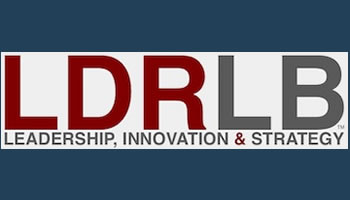The term “evidence-based” was originally employed in the field of Medicine to guide how Doctors make decisions regarding patient care. Evidence-based management improves a leader’s decisions by disciplined application of the most relevant and current scientific evidence. Although many definitions of evidence-based management are available, Briner, Denyer and Rousseau (2009) define it as how leaders can be more effective in all aspects of their jobs including making decisions about employees, teams or organizations through the conscientious, explicit and judicious use of research information. Evidence-based leadership and management © (ELM) is a specific case of evidence-based management that focuses on leadership knowledge and how to apply it. For EBL, these sources of information include the following:
1. The best available scientific evidence – Research published on leadership and management.
2. The best available organizational evidence – interviews and/or surveys from people in your organization.
3. The best available expert evidence – knowledge from experts in the field.
4. Value-added evidence — Information from stakeholders – for example, stock price to shareholders or the organization’s promotion of women and minorities into upper management positions.
Evidence-based leadership & management takes the “guesswork” out of being an effective leader. We have decades of scientific research on what leaders can do to be more effective. In this blog, I will be discussing the four sources of evidence to share this wealth of knowledge with you. The most relevant scientific research on leadership and management will provide you with the tools you need to address the most current challenges managers now face. Second, I believe that you need to conduct interviews and/or surveys with people in your organization to assess what is specific to your situation so that you understand how to correctly apply EBL. Third, I will be interviewing experts from academe, consulting and organizations who will share their knowledge. Finally, I will examine the value-added contributions that leaders today must monitor so that their organizations remain viable – what metrics matter and how you must monitor them.
While evidence-based management is not a new concept, I will provide a focused approach on how leaders can be more effective by employing the four sources of evidence I have described in this post. I look forward to your comments and questions so that I can research answers to your questions.
Reference:
Briner, R.B., Denyer, D. and Rousseau, D. M. (2009). Evidence-based management: Construct cleanup time? Academy of Management Perspectives, 4, 19-32.








